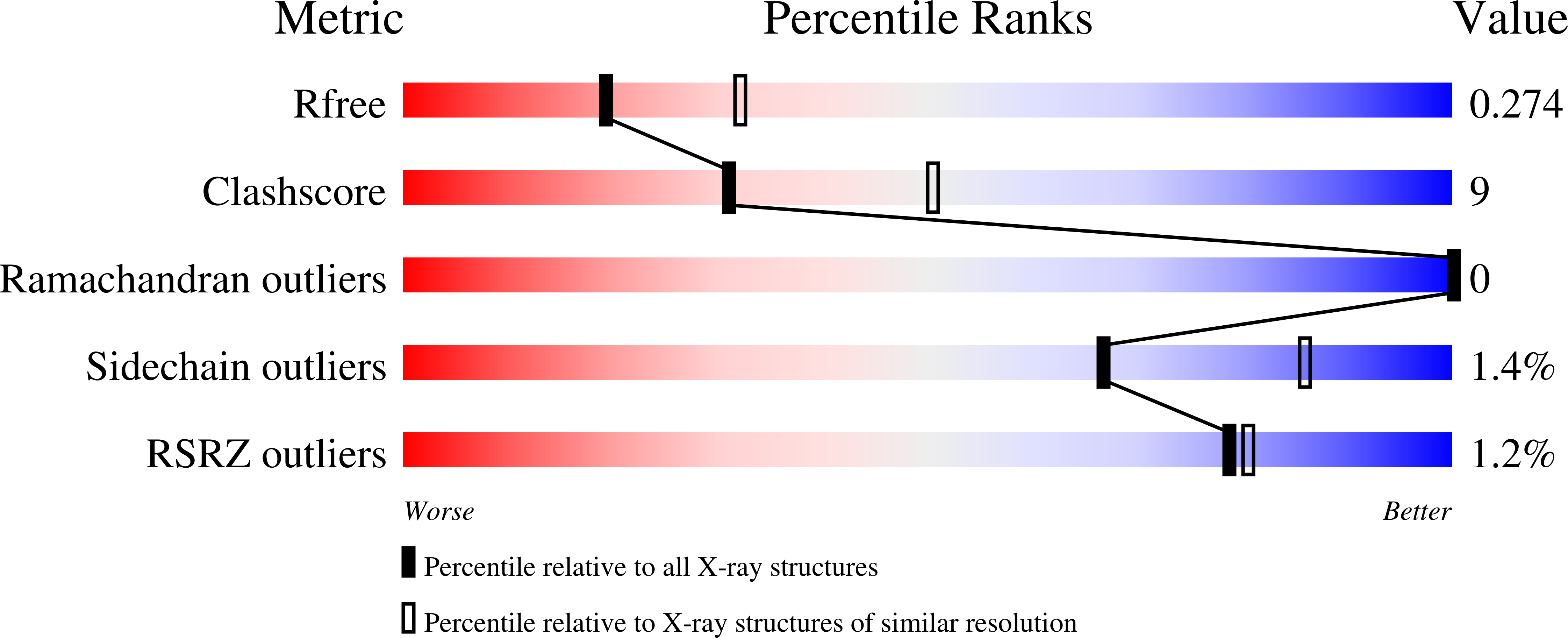
Deposition Date
2022-01-02
Release Date
2022-11-02
Last Version Date
2024-11-20
Entry Detail
Biological Source:
Source Organism:
Human herpesvirus 8 strain GK18 (Taxon ID: 868565)
Host Organism:
Method Details:
Experimental Method:
Resolution:
2.50 Å
R-Value Free:
0.26
R-Value Work:
0.22
R-Value Observed:
0.22
Space Group:
I 2 2 2


